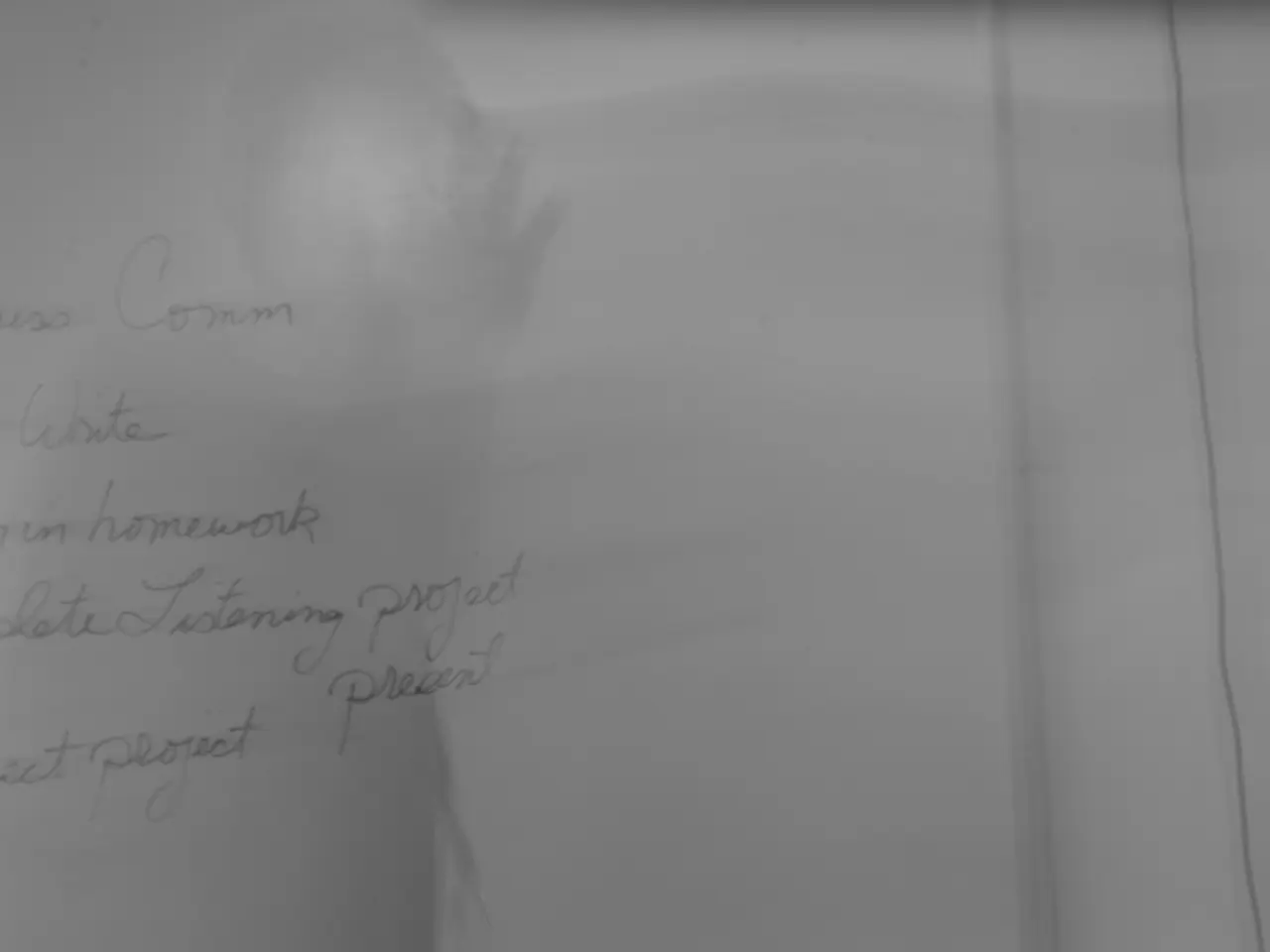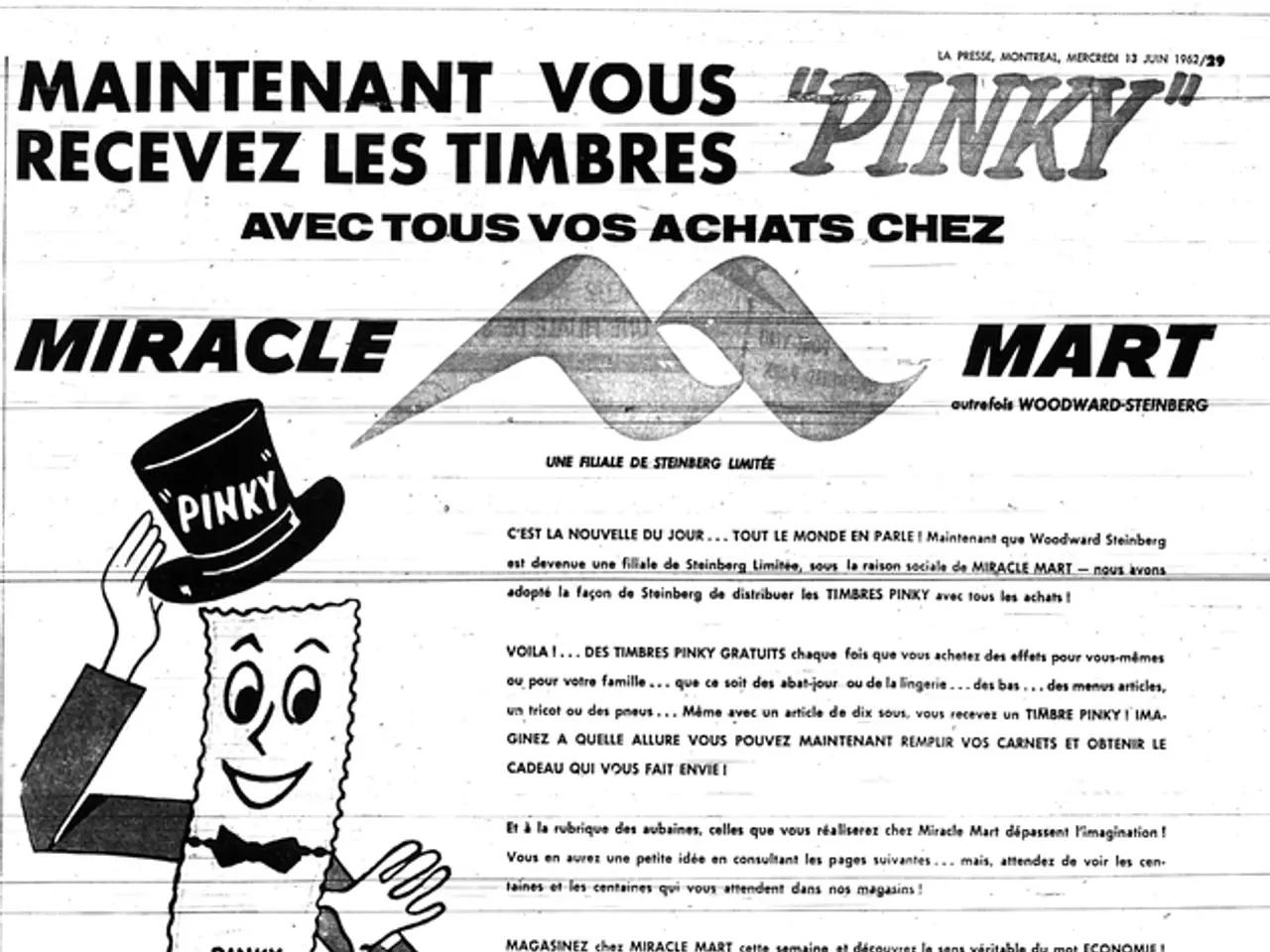Transformed reality of energy management: The impact of V2G on my electric life
Homeowner Transforms Renewable Energy System with Sigenstor Modular Battery Array
Dr. Philippa England, a retired Griffith University lecturer and home energy enthusiast, has significantly transformed her renewable energy system by investing in the Sigenstor modular battery array. This innovative system, combined with a 12.5 kW DC charger, has enabled bi-directional vehicle-to-grid (V2G) charging, revolutionising her energy consumption and potentially disrupting utility companies.
Three years ago, Dr. England brought home a new electric vehicle (EV), marking the beginning of her renewable energy journey. She initially charged her EV at 2.4 kW per hour, but with the recent upgrades, she now feeds 40-50 kWh into her battery on wheels each night, a stark contrast to the previous 8 kWh.
Dr. England has not only upgraded her solar system from 1.5 kW to 10 kW but also installed a battery for energy storage. Her battery on wheels, which was purchased for personal use and not at an extra cost, has been a game-changer for her renewable energy system.
The Sigenstor system is modular and scalable, starting with 8 kWh battery modules that can be expanded up to 40 kWh or more, allowing flexible capacity based on energy needs. The 12.5 kW DC charger is part of an integrated 5-in-1 system that combines solar inverter, EV DC charger, battery PCS (Power Conversion System), battery pack, and energy management system (EMS) into one unit. This integration facilitates seamless communication and control between EV charging and energy storage, essential for V2G operations.
The system includes an Energy Management System (EMS) and smart gateway devices ("Gateway Home" or "Gateway Home Max") which monitor real-time energy flows, control charging/discharging, and ensure safe bi-directional power flow with protections such as reverse power flow detection and rapid switching to backup modes.
When an EV is connected, the DC charger manages charging from the grid or solar generation, and when discharging is needed (for example, to supply home loads or feed energy back into the grid), the system reverses power flow through the battery PCS and inverter. This enables the stored energy in the EV’s battery to support grid stability or reduce home energy costs by selling power back to the grid or offsetting usage.
The system offers multi-layer protection and AI-optimized battery cycle management, maximising battery longevity and safety during dynamic charge/discharge cycles inherent in V2G usage.
Minister Bowen's approval of standards for bidirectional, vehicle-to-grid (V2G) charging, and the Sigenstor DC charger's approval by the CEC and Energy Queensland for bi-directional charging, have further solidified the potential of this technology.
Dr. England's advocacy for a "storage tsunami" of household batteries could indeed disrupt utility companies, as she suggests that consumers can now solve Energy Queensland's biggest headaches with the introduction of V2G charging. With two EVs in her garage, one of which does very little driving, and a DC charger with V2G capability, Dr. England is leading by example in the transition towards a more sustainable and efficient energy future.
- Dr. England's investment in the Sigenstor modular battery array, combined with a 12.5 kW DC charger, has enabled bi-directional vehicle-to-grid (V2G) charging, revolutionizing her energy consumption in her renewable energy system.
- The Sigenstor system's modular and scalable design allows for flexible capacity based on energy needs, starting with 8 kWh battery modules that can be expanded up to 40 kWh or more.
- The system includes an Energy Management System (EMS) and smart gateway devices that monitor real-time energy flows, control charging/discharging, and ensure safe bi-directional power flow.
- Minister Bowen's approval of standards for bidirectional, vehicle-to-grid (V2G) charging, and the Sigenstor DC charger's approval by the CEC and Energy Queensland for bi-directional charging, have further solidified the potential of this technology.
- Dr. England's two electric vehicles (EVs) and a DC charger with V2G capability demonstrate her leadership in transitioning towards a more sustainable and efficient energy future, potentially disrupting utility companies in her advocacy for a "storage tsunami" of household batteries.




